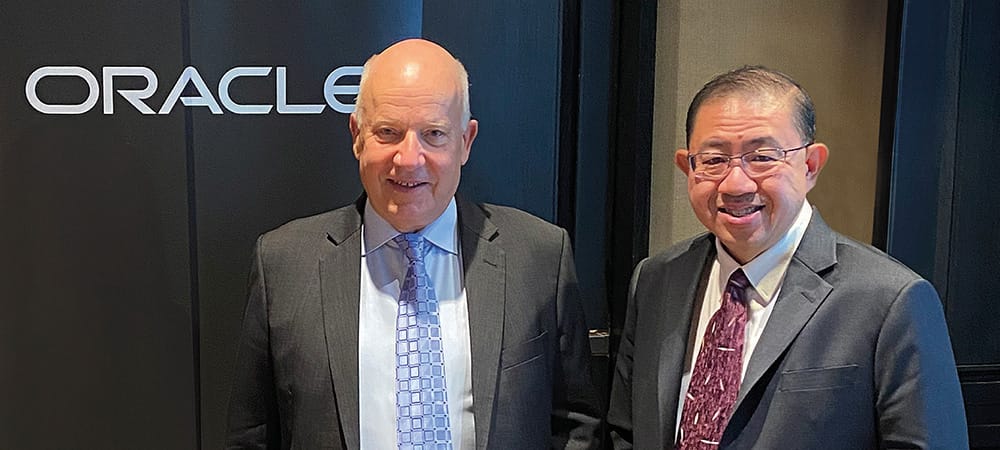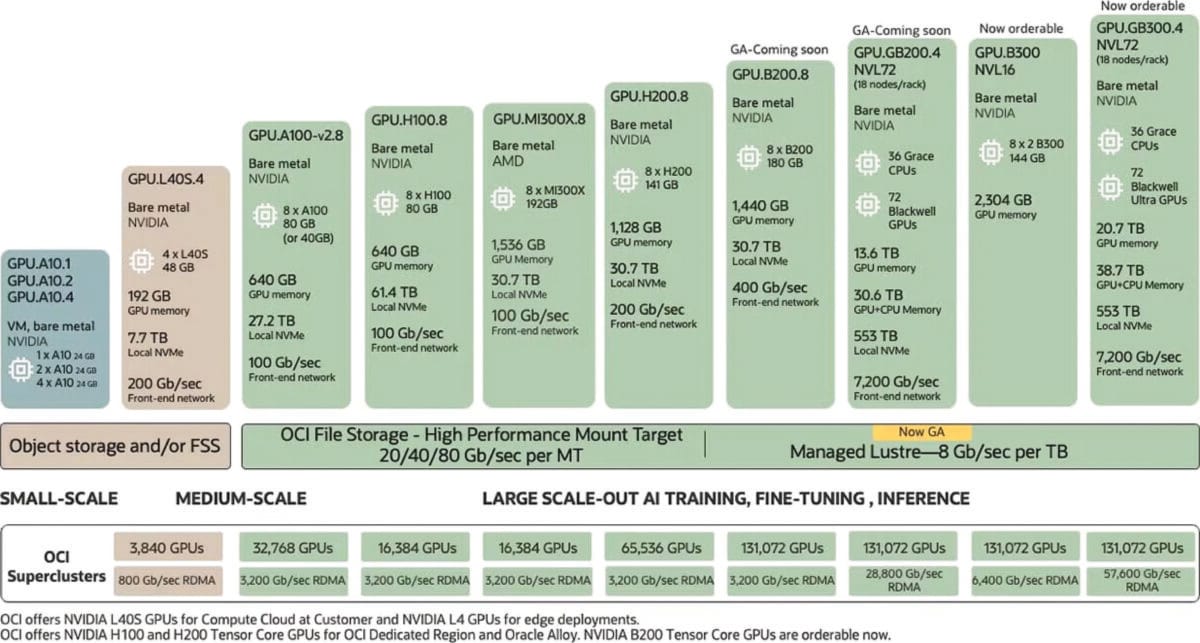Composable ERP Transformation


In recent years, IT departments have evolved from internal service providers to key players in digital transformation. IT infrastructure must continuously adapt to current business requirements. IT must respond to two key business requirements: accelerating transformation through the development of digital innovations and enabling the process and IT landscape for cross-system and cross-company data exchange. Only a few ERP users have a technology stack that supports their business requirements. Many companies are therefore placing a high priority on application modernization. At the same time, ERP users complain that application modernization is not being given enough priority. One reason for this could be that responsibility for IT budgets lies mainly with CEOs and CFOs, even though IT is the driving force behind modernization.
Disruption and composability
The use of current technologies such as AI is currently only a driver for IT modernization for selected ERP users. This is because many companies are still in the early stages of introducing disruptive technologies and first need to lay the foundations for using AI effectively. However, many ERP users believe that AI and IT platforms will help their companies modernize their applications in a better and more timely manner.
It is surprising that only a few companies have already defined a precise ERP strategy for the implementation of application modernization. IT modernization is not just an IT issue, it is also a business issue. It is therefore crucial to reconcile the different interests and perspectives and develop a common strategy that brings the greatest benefit to all parties involved. It should be noted that there is no universal solution. As a rule, different modernization strategies are used depending on the application. A comprehensive analysis of the current situation and the current IT architecture is essential for a well-founded decision. It is also of central importance that the decision-makers in the company recognize the relevance of IT modernization as a decisive factor for the future success of the company.
“While SAP is currently the world‘s leading ERP provider, there are many other providers expanding their market share in the same market,” emphasizes Gerhard Kuppler, Oracle Vice President SAP Alliances. “At Oracle, we believe we offer the industry‘s broadest choice of deployment platforms: on-prem, in the cloud, and hybrid. We are also the leading provider of multi-cloud implementations in the market, where our Oracle Cloud Infrastructure, Oracle Database@Azure, Oracle Database@AWS, and Oracle Database@ GCP enable customers to choose the deployment platform that best suits their needs. And with this multi-cloud design built into our products, customers are not locked in and have the flexibility to move from one platform to another as their needs change. In AI, we offer not only LLMs, but also the industry‘s leading AI infrastructure with the latest GPUs in a SuperCluster with up to 131,072 GPUs.”

In the field of AI, Oracle offers not only LLMs, but also AI infrastructure with the latest GPUs in a SuperCluster with up to 131,072 GPUs.
IT analyst Gartner has identified twelve emerging technical disruptions that will significantly shape the future of business systems. IT decision-makers should give these developments top priority over the next five years, as they not only offer short-term competitive advantages but will also establish themselves as the standard in companies in the long term. “Technology leaders need to act now to gain early competitive advantage from these technologies,” said Bill Ray, distinguished VP analyst at Gartner. “Innovative advances such as GenAIenabled code architectures, disinformation security, and Earth intelligence are creating the differentiation needed to secure a decisive advantage in areas such as data processing and product offerings.”
The transformation of organizations is an increasingly demanding challenge. Currently, the development of AI in particular is leading to greater complexity in IT landscapes and making it more difficult to implement digital transformation projects. The development of new technologies makes it clear that company digitalization should not be viewed as a singular project. Rather, it is a process that is often slowed down by outdated system landscapes, as these do not grow with the company and thus limit agility and innovation.
“Since R/3 Release 1,” explains Gerhard Kuppler in an exclusive interview with E3, “we have been working closely with SAP to simplify and streamline IT operations for SAP systems, from the early days of the SAP DBA tool to the BR tools used today to manage Oracle databases for SAP systems. Over time, we have added support for more and more features of the database product, as well as additional database options that address complex customer requirements for security, rel
ERP requirements
The Oracle database meets these
requirements with the following options:
Advanced Security for encrypting data at
rest and in transit; Advanced Compression
for reducing storage size and
improving performance; Database Vault
for role separation and control of data access
rights; Active Data Guard for easy
and seamless disaster recovery failover;
Oracle Database In-Memory for
column-based in-memory processing to
improve analytical processing; and finally,
Real Application Clusters for
active-active high availability clustering.
Exadata technology (on-prem, in the cloud, and hybrid) can be particularly beneficial for SAP customers to create an optimal environment for running the Oracle database that underpins SAP systems. With the Zero Data Loss Recovery Appliance (on-premises or as a cloud service), SAP customers can manage SAP systems of any size quite easily and in a time-saving manner.
Many of the largest SAP customers use the above solutions (e.g., Loblaw in Canada with 180TB and Cencora (Amerisource-Bergen) in the US with more than 100TB). These are good testimonials for running SAP on Oracle Cloud. However, many ERP users are still in the early stages of identifying use cases. Companies that actively work with AI will have a competitive advantage over those that do not use AI in the future. At the same time, there are a number of challenges to consider during implementation, from shadow AI to compliance issues. This tension between risks and regulations must be resolved. In Germanspeaking Europe, generative AI is less of a strategic consideration and more of a practical implementation. This empowers specialist departments, but also raises complex questions regarding access rights.
“SAP has announced that it intends to discontinue extended support for SAP Business Suite at the end of 2030,” points out Gerhard Kuppler, Oracle VP SAP Alliances. “Our current Oracle Database 19c has an extended maintenance end date till the end of 2032. We plan to certify Oracle Database 23ai for SAP Business Suite as soon as it is released for all platforms. This will push the support date for Oracle Database even further. It will depend on whether SAP listens to its customers, who continue to rely on the stable SAP Business Suite for a much longer period of time.” Gartner analysts have predicted that by 2030, more than 40 percent of current SAP ECC customers will still be using ERP/ECC 6.0 (SAP Business Suite 7) for key business areas.
Investment report 2025
In 2025, the German-speaking SAP User
Group (DSAG) once again surveyed companies
in Germany, Austria, and Switzerland
about their investment plans. Key findings:
The general willingness to invest in IT solutions,
including SAP solutions, is showing a
steady increase. Regarding the ERP solutions
SAP Business Suite 7 (ERP/ECC 6.0),
S/4 Hana On-prem, and S/4 Cloud, it is
clear that S/4 is becoming increasingly relevant.
In addition, survey participants confirm
that SAP will continue to grow in importance
for their companies.
When asked about the ERP solutions they use, SAP ERP and Business Suite 7 are once again at the forefront. Forty-two percent of SAP customers plan to invest in S/4 On-prem, while 23 percent plan to invest in Business Suite. The results show a clear shift towards cloud solutions.
Many larger companies have a company- wide cloud strategy or guidelines in place for modernizing IT processes. As a rule, these companies tend to have greater investment power. Nevertheless, DSAG CEO Jens Hungershausen warns: “Some customers feel pressured by SAP to move to the cloud. The pace set by the software manufacturer is not sustainable for every company. SAP must not push its customers into making quick decisions for the sake of its own share price. Instead, SAP must ensure that companies have realistic, economically viable, and strategically sensible migration prospects. Freedom of choice, long-term planning security, and fair conditions for on-premises customers are still needed.”
Another question focuses on digital transformation and the progress companies are making in this area. Given the data available, it comes as no surprise that a significant number of SAP‘s customers in German-speaking countries have a positive view of digital transformation. Large companies generally have the resources and budgets to implement comprehensive digitization projects at a faster pace and integrate their IT infrastructure efficiently. In addition, digital transformation and innovation are often defined as strategic priorities in this context, and their implementation is specifically promoted. This probably leads to larger companies assessing the progress of their transformation more positively than smaller companies, which may have to work with more limited resources.
The results of the DSAG Investment Report 2025 suggest that companies are increasingly willing to invest in forwardlooking technologies in the future. It should be noted that there is a significant trend toward the cloud. The growing relevance of artificial intelligence and cybersecurity illustrates the current challenges and opportunities facing companies. The increasing use of cloud services and the significantly growing relevance of artificial intelligence (AI) highlight the urgency of technological advancement in order to remain competitive. At the same time, an increasingly differentiated picture is emerging between large and small companies in terms of resource allocation for digital transformation.

"You are right to point out that the current ECC systems running on the Oracle database are extremely stable and robust."
Gerhard Kuppler,
Vice President SAP Alliances,
Oracle
SAP ERP/ECC 6.0
“You are right to point out that the current
ECC systems running on Oracle Database
are extremely stable and robust,”
says Gerhard Kuppler, Oracle Vice President
SAP Alliances, when asked the following:
from the perspective of SAP
customers and based on the available DB,
cloud, and AI technology from Oracle, the
SAP NetWeaver stack with ERP/ECC 6.0
could probably continue to function
operationally for many years. What are
the arguments in favor of ECC/
NetWeaver operation?
“As long as SAP continues to offer patches for the SAP kernels and Oracle provides patches for the Oracle components, these Abap systems can continue to run smoothly and efficiently in the future,” explains Gerhard Kuppler. “Many SAP customers would rather invest their limited IT budget in new areas such as AI and machine learning, IoT and others to deliver brand new capabilities than reimplement their ERP, which they have spent 20 years building. Reimplementing ERP will add minimal new capabilities to what they already have today.
If ECC is a house and S/4 Hana is a newer house with better amenities, switching from ECC to S/4 would be like moving from a functional house to a newer house with nicer furnishings. However, if customers decide to stay in the current ECC house, they can afford a car. This gives them a greater radius of action and more freedom, just as a car offers more opportunities to explore uncharted territory. If SAP refuses to extend the maintenance plan for ECC, some customers may switch to third-party maintenance. And that is something neither Oracle nor SAP wants. Both SAP and Oracle agree on the risks of third-party maintenance.”
On-prem versus cloud
Many SAP customers are considering
cloud computing. “NetWeaver customers
who want to move to the cloud have
more options if their database is Oracle
DB,” explains Kuen Sang Lam, Senior
Director SAP on Oracle Cloud Infrastructure
and Technology. These customers
can choose to move to standard VMs
from supported hyperscalers such as OCI,
Azure, AWS, and GCP. With OCI, they also
have the option of using the Exadata
Cloud Service, which allows them to run
their Oracle database on an Exadata machine
in the cloud. In addition, customers
can also run their SAP database on
Exadata Cloud@Customer, where we deploy
an Exadata in the customer‘s cloud.
We are also working to have Oracle
Database@Azure, Oracle Database@
AWS, and Oracle Database@GCP certified
by SAP for running SAP Business
Suite.”
The many options would enable SAP customers to find a solution tailored to their individual needs. In addition to complete public cloud computing, Oracle also offers a hybrid solution known as Cloud@ Customer, where the entire cloud is deployed in the customer‘s preferred data center. “We are also working on a multi-cloud deployment model so that customers can leverage the benefits of Oracle Exadata technology with a hyperscaler of their choice,” explains Kuen Sang Lam. “We recommend that our customers discuss their needs with us so that we can offer them a solution that best suits their requirements and budget.”
But what aspects need to be considered when changing the IT architecture and ERP system? “Stability, reliability, and performance,” says Kuen Sang Lam. “This is particularly important when migrating from one ERP to another. Customers need to ensure that their current ECC system is stable, runs reliably, and offers users good performance. This will enable them to focus on the complex migration project without having to spend too much time fixing problems in their existing system. The current ECC system should serve as a benchmark for the new system to be implemented. Optimize the new system until it is as fast or faster than the existing one. Launching a new system that is slower than the current one is a recipe for failure.”
Gerhard Kuppler adds: “The most important question customers need to ask themselves is whether they want to bet the company on the outcome of an ERP project. If the answer is no—which it should be—then they need to prepare for that and ensure that the company runs smoothly and efficiently throughout the project. Before the project begins, they need to optimize the entire stack for the current ECC system, including the base platform—whether on-premises, in the cloud, or as a Cloud@Customer. They need to ensure that the current system is well covered in terms of performance, reliability, efficiency, and resilience. This is similar to building a new house, where the current house must continue to be maintained. You also need to factor in delays in the project so they do not negatively impact the business. Finally, you also need to plan for the possibility of project failure. The failure of an IT project should never cause a company‘s downfall. A plan in case a project fails ensures that the company survives the unfortunate event.”
PDF in English
PDF in Spanish







